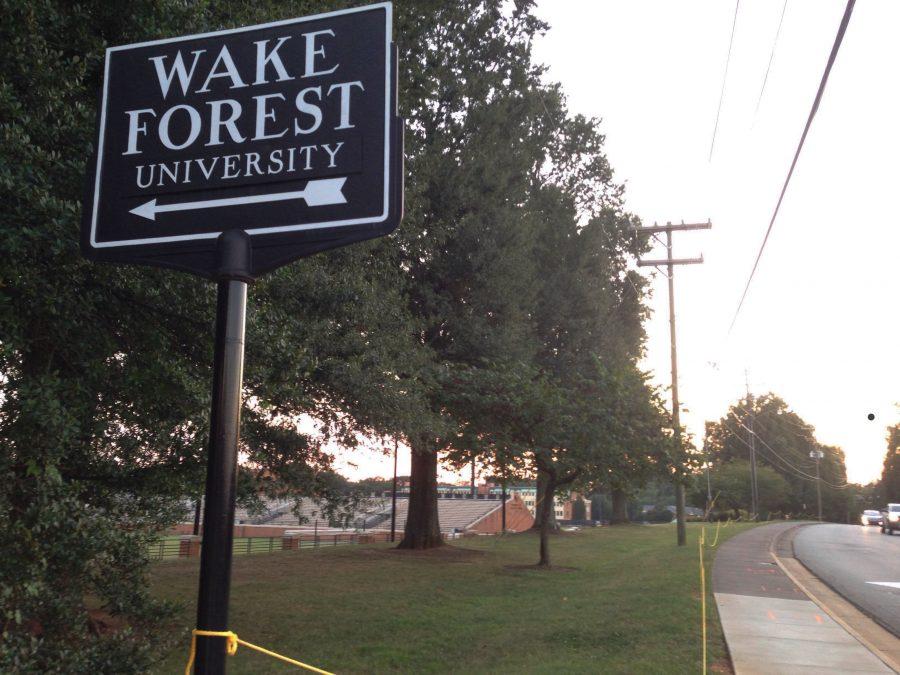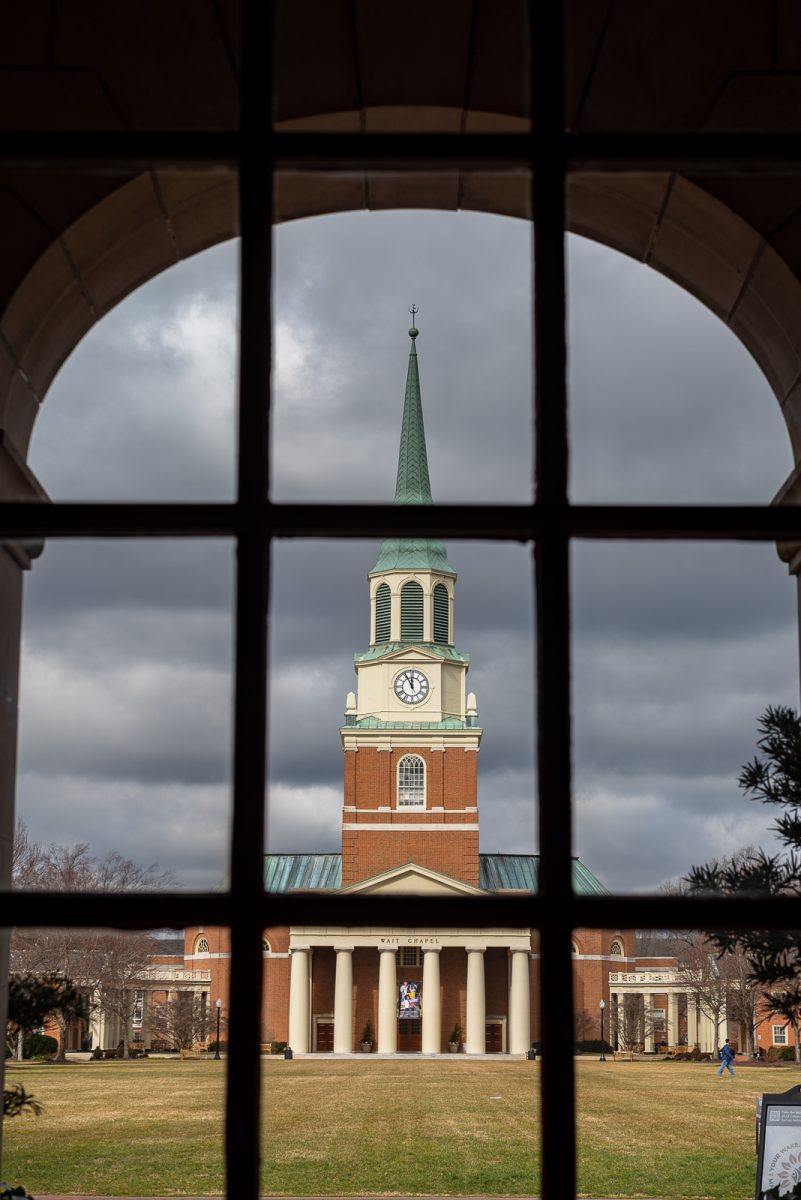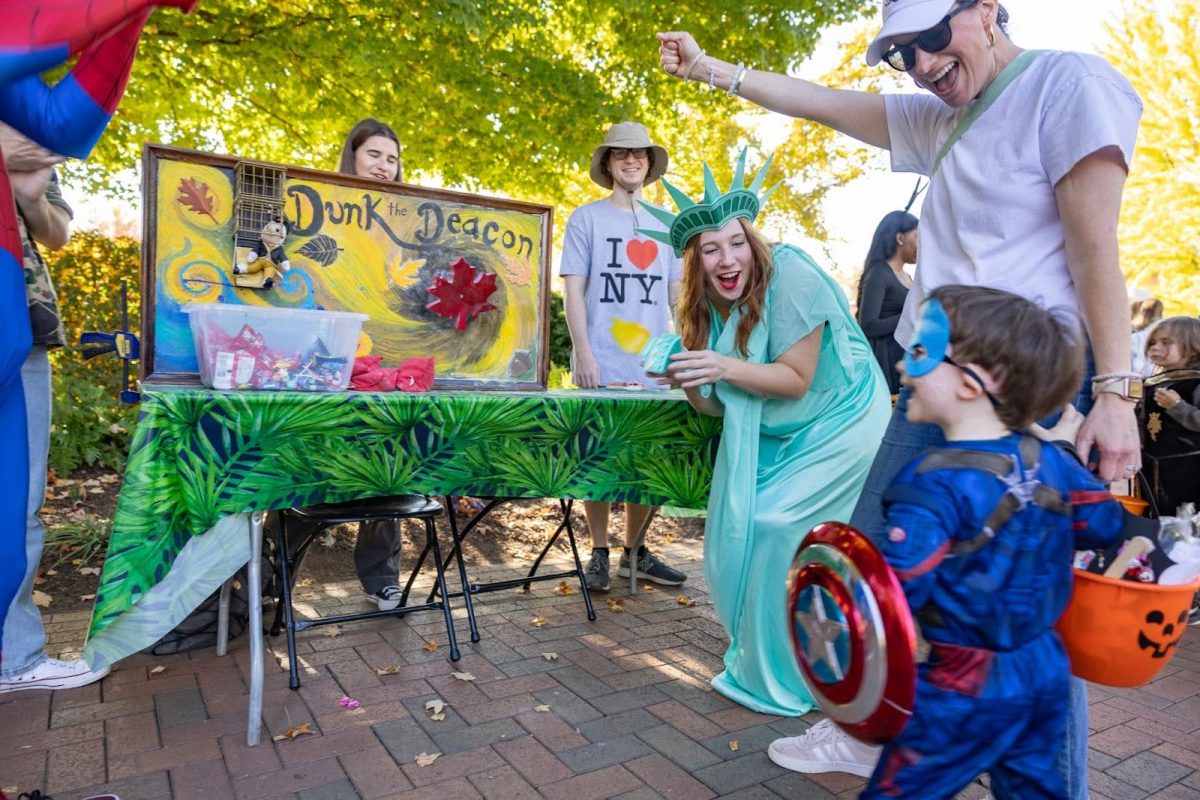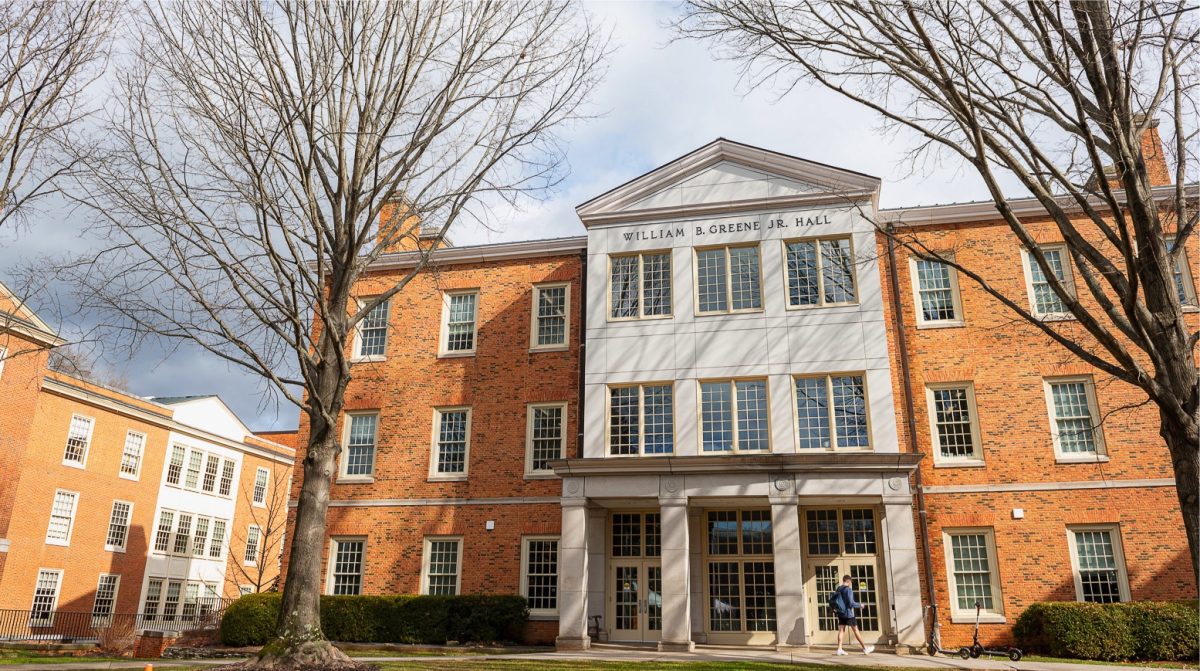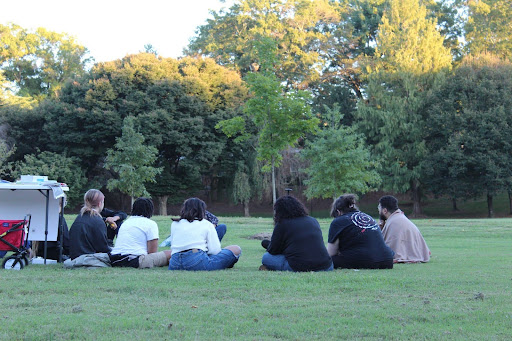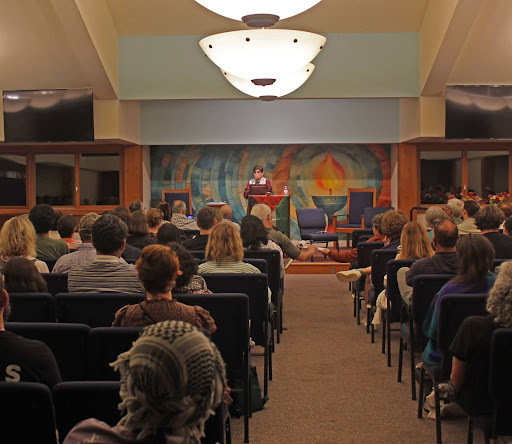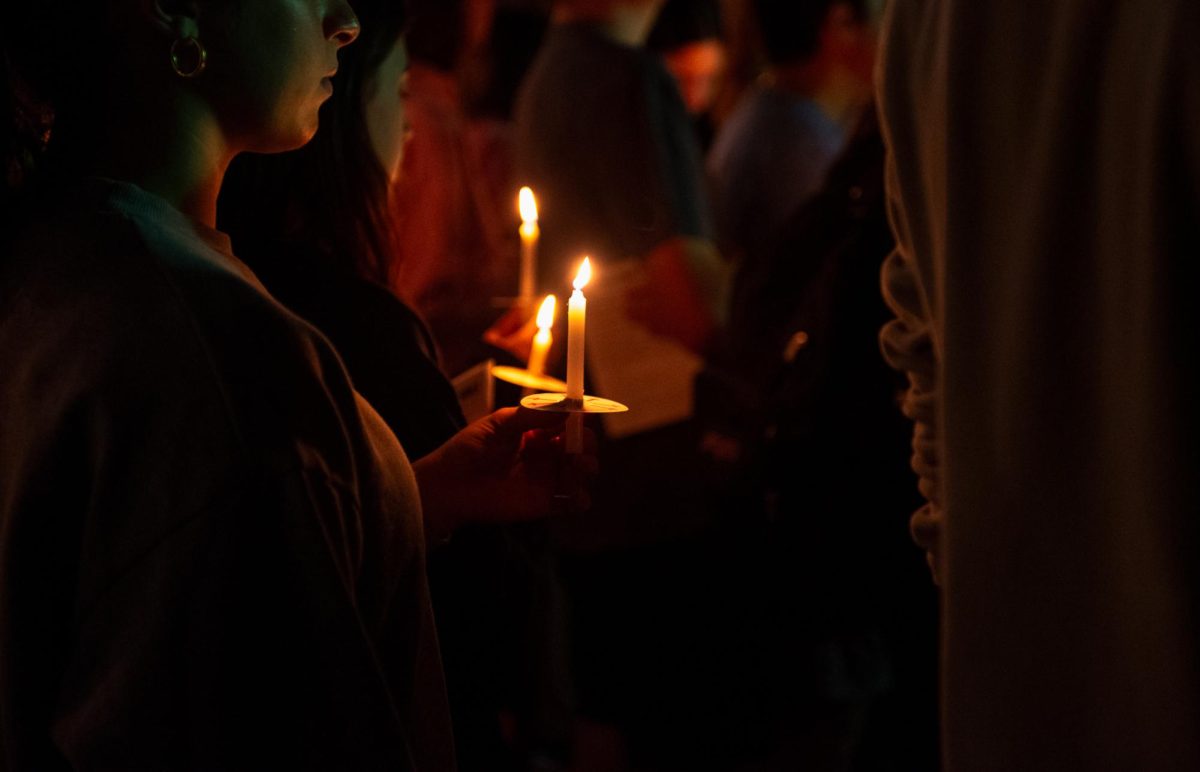Many students opt to live in the houses across from Polo Road this semester.
In recent years, Wake Forest Residence Life and Housing staff, as well as the university administration, have chosen to require students to live on campus for three years.
While this enables the student body to build a close-knit community on campus, it also presents various issues.
As new dorms are built and the freshman class size continues to increase, there is a growing discrepancy between how many students require housing and how many rooms are available.
In order to resolve this ever-growing problem, Residence Life and Housing has allowed students to live off campus in what is technically registered as “on-campus” housing. This initiative consists mostly of small theme houses located on Polo Road.
According to the Wake Forest website, “[theme housing] is a program established to promote a direct link between residential, academic and extracurricular life for students at Wake Forest.”
The description continues stating that this housing “is designed to provide students who have common educational endeavors or common extracurricular interests the opportunity to live together in campus housing.”
While theme houses have traditionally been off campus, the number of these homes has grown since the issue of upperclassmen housing has become more prevalent on campus.
The Polo Road homes do provide a temporary solution to a long-term problem, but they have also created more short-term problems. These problems boil down to issues of safety.
The university’s ability to provide the same safety measures and precautions that it has with on-campus homes to these students living off university property, including RA night rounds and the ability to remain aware of what is transpiring within these off campus homes, has been called into question.
For the students themselves, there is also the issue of distance from the campus since it takes anywhere from 15 to 20 minutes to walk.
“I really like living in an actual house because it’s more comfortable than a residence hall,” Mary Daniel Cheek, a sophomore living in Ahuva, a theme house on Polo Road, said. “However, walking back from campus alone at night is a safety concern.”
This is one of the more serious issues facing those living off campus, as the university police does not patrol this area, and there aren’t emergency blue light systems in place once students leave Wake Forest’s grounds.
However, in the past students have still been safe in these homes, and very few incidents have been reported.
According to Adam Bernot, the Assistant Director of Housing Assignments, these off-campus houses have the same kinds of safety precautions and resources as existing, on-campus residence halls. This includes RAs, card access, cameras and WFU Police patrols. “The only major difference for us is that these houses are physically outside of the campus gates,” Bernot said.
Although these off-campus homes are not new to Wake Forest, they may continue to grow in numbers as freshman class sizes expand, while upperclassmen housing does not.
There is a new freshman dorm on south campus that is projected to finish by the spring of 2017. Once construction is finished, Bernot plans to have Residence Life and Housing staff offices moved there. Students will hopefully begin living in the new dorm come second semester.
In the spring semester of 2017, it will house upperclassmen returning from studying abroad. However, starting in the fall of 2017, the new dorm will be exclusively for freshmen.
While the increasing size of incoming classes makes the housing issue more pressing each year, it also continues to further enhance the existing structures, making Wake Forest even better and more up-to-date than previous years.


